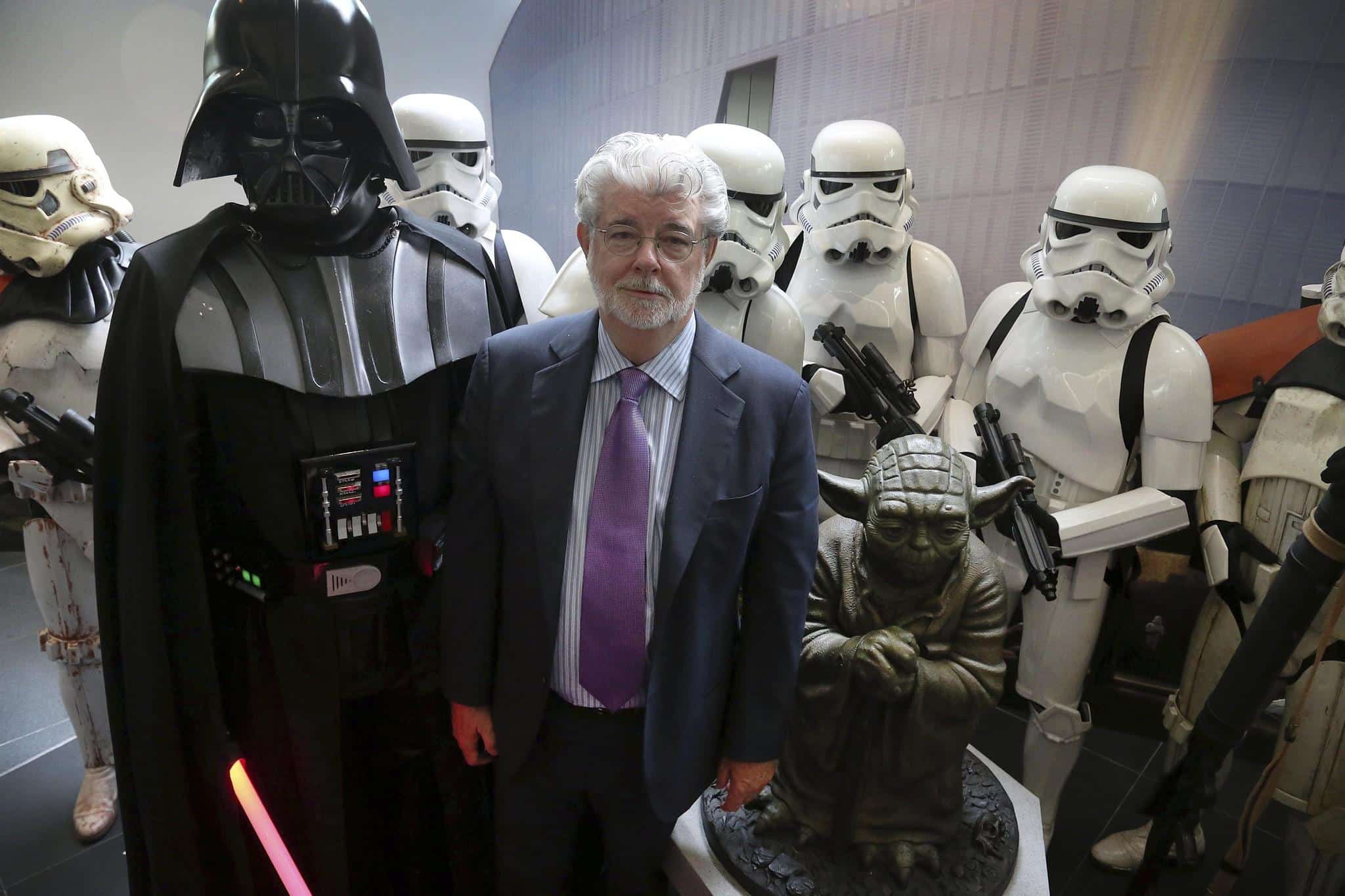Over the years, BioWare has earned a reputation as one of gaming’s greatest storytellers with titles like ‘Knights Of The Old Republic’ and ‘Mass Effect’. Find out how they did it. If you don’t want to read a wall of Text, you can just watch the videos.
Greg Zeschuk, Ray Muzyka, and Augustine Yip, medical students at the University of Alberta, played video games to relieve stress and relax. The three went on to meld their medical knowledge with their computer savvy, developing patient simulation software. Their small operation, BioWare, took off in another direction when publisher Interplay advanced funding to develop a game demo.
 |
| Greg Zeschuk and Ray Muzyka 2002 |
Shattered Chain was released in 1996. BioWare re-signed with Interplay and spent three years developing Baldur’s Gate for the Irvine, California, company. Zeschuk and Muzyka headed up the company as co-CEOs and practiced medicine on a part-time basis. Yip’s chose the path of a full-time doctor.
The lack of great electronic role-playing games (RPG) created room for BioWare to fulfill the unsatisfied need of pen and paper players. “”What started in 1996 and finished in December 1998 was an RPG that has come to be regarded by many critics as the best Dungeons and Dragons computer game ever made. Baldur’s Gate was one of the rare games that pleased both the hardcore perfectionist and the casual gamer. The game impressed fans and critics with its attention to detail and massive scope,” Radar.com observed. The company produced $1.5 million in revenue during 1998, driven by the December release of Baldur’s Gate.
BioWare’s home base of Edmonton, meanwhile, had been gaining recognition of its own, as a significant high-tech knowledge-based city. The number of Albertans working in high-tech businesses had climbed 36 percent from 1996 to 1998; BioWare was among the fastest growing businesses in the province.
In March 1999, BioWare captured a prestigious Computer Gaming World Premier award for Baldur’s Gate. Following its release, the game quickly climbed to the top of the sales charts worldwide and was lauded by the industry for its software engine. Baldur’s Gate contained five CDs with more than 100 hours of play, 10,000 pre-rendered game screens, and nearly 500,000 lines of code, according to Canadian Business.
“”””What’s really amazing is that this is BioWare’s first role-playing game and they’ve built a robust and solid engine,” Johnny Wilson, Computer Gaming World editorial director, told the magazine. “They have a chance to write their own ticket. The acceptance of the engine and this game means it will be easier for them to get the games they want to do.”
While developing a Baldur’s Gate sequel and a console game, the company explored branching out into feature films and animated television shows. BioWare had produced animation for local television as well as limited logo and commercial work, according to an April 1999 National Post article. Yet, other opportunities came knocking.
Shooting for the Stars: 2000-2004
BioWare received an offer from LucasArts Entertainment Co. in 2000 to create a new computer and video game based on Star Wars. The first role-playing Star Wars game would be set 4,000 years prior to the Star Wars films and feature the conflict between the Jedi and the Sith, with LucasArts handling marketing and distribution.
“What it does is further legitimize us as a developer and what we consider to be a highly talented studio that can compete on the world stage. And it’s great we’re doing it out of Edmonton,” Zeschuk told the Vancouver Sun.
The success of Baldur’s Gate helped BioWare land the deal, according to the Sun’s Charles Mandel. Muzyka and Zeschuk, while both Star Wars fans, had demonstrated with Baldur’s Gate the company’s ability to successfully carry out an existing story line.
According to trade group figures from thestar.com, computer and video game sales in the United States reached $6 billion in 2000. Interactive Digital Software Association predicted total U.S. video game software sales to reach $10 billion by 2004, assuming double-digit growth. BioWare’s own growth kept pace; it was employing more than 100 by early 2001. To manage the increase in size, the company divided into specialized departments of designers, programmers, and producers, with the latter directing game development.
In June 2002, BioWare struck gold, again, with the Dungeons and Dragons template. Neverwinter Nights, which restored the power of the dungeon master, offered a tool set allowing gamers to create their own maps and characters in addition to playing the preprogrammed games.
BioWare previously incorporated many of Dungeons and Dragons’ rules in Baldur’s Gate, which allowed up to six players. As many as 64 players could participate in a Neverwinter game. In contrast, massive multiplayer games, such as Diablo II by Blizzard Entertainment or Asheron’s Call by Microsoft, hosted thousands of players.
The success of game developers was linked to hardware makers. Nintendo’s Game Cube, Microsoft’s Xbox, and Sony’s PlayStation 2 were the heavy hitters, seeking dominance in the industry. Ubi Soft Entertainment Inc., among the largest game producers worldwide, had the resources to create games for each platform. Smaller companies had no such luxury. If the console they were tied to failed in the market small developers could suffer a crippling, if not fatal, blow.
“You want to pick the winner,” Zeschuk told Macleans. “”You don’t want to put all this money into a big Star Wars game and not be doing it on the right platform.””
Risks aside, the industry proved to be one more lucrative than a Canadian medical practice. Video games offered the enticement of high margins and online subscription sales created an ongoing revenue stream, according to Canadian Business. The industry had stepped in to challenge films and music for a cut of consumers’ entertainment expenditures. Moreover, the three media had intertwined, with performers licensing music for games and games extending movie plots.
Canada’s economic fortune also had become linked to the industry. The country was home not only to BioWare and other independents, but to the largest video game studio in the world, Electronics Arts Canada (EA). Strong computer and multimedia education created a wealth of talent, drawing big entertainment business players.
BioWare’s own talent was shown with Star Wars: Knights of the Old Republic. The title earned best video game honors for 2003 from more than 40 world publications. The company also took home three Academy of Interactive Arts and Science awards, according to the National Post.
BioWare also earned honors as a corporate employer. The co-CEOs placed high value on both a quality product and quality workplace. The company’s low turnover rate was a rarity in an industry in which artists and programmers chased after the most lucrative offerings.
BioWare’s success fueled takeover rumors during 2004. The cofounders maintained that they were interested in retaining control of the company, the Vancouver Sun reported. Many a small game developer had sold out to a publisher or hardware maker in order to climb to a new level or keep pace with the rapidly changing technology. Late in the year BioWare opened an online store, giving consumers a chance to buy digital and physical BioWare products and creating a new source of revenue.
Up a Level: 2005 and Beyond
BioWare joined forces with Pandemic Studios L.L.C. by way of Elevation Partners, in 2005. The $300 million deal brought the Edmonton- and Los Angeles-based studios under a new holding company, BioWare/Pandemic Studios. Combined, the two studios had sold about 27 million games over the past decade.
“We’ve been an independent operator for close to 11 years now, and we’ve enjoyed it,” Zeschuk said in a Globe and Mail October 2005 report. “But when Elevation approached us, it really hit home; we maintain our independence to a degree, but we get to be part of a larger, stronger company.”
Elevation Partners included former President and COO of Electronic Arts John Riccitiello; former Apple Computer Inc. CEO Fred Anderson; Silicon Valley investor Roger McNamee; and Bono, lead singer for U2. The private equity firm had raised about $1.9 billion to invest in media and entertainment companies; the acquisition of controlling interest in BioWare and Pandemic marked its first deal.
 |
| Elevation Partners |
BioWare had grown by more than 650 percent over the past half decade, climbing to more than CAD 16 million in annual sales. Pandemic’s 2004 sales exceeded $150 million. Riccitiello took the helm as the new CEO of BioWare/Pandemic Studios, but the studios retained a significant level of autonomy. BioWare’s joint-CEOs, Zeschuk and Muzyka, remained major shareholders and would continue to manage the company. The pair also would serve as corporate vice-presidents and directors at BioWare/Pandemic Studios.
Founded in 1998, Pandemic’s titles included Mercenaries, Star Wars: Battlefront II, and Destroy All Humans! The studio’s action-adventure games complemented BioWare’s emphasis on role-playing. BioWare brought its investment in technology and online distribution to the new mix.
 |
| Star Wars: Battlefront II |
Combined, the studios could shoulder a greater level of financial risk related to game development, promising a larger share of the take from sales. The new funding allowed for greater participation on the marketing end of the business.
Talk of a Pixar-like public offering was also in the air. The move, if successful, would be a first for a video game developer. However, as the New York Times noted, Wall Street was far more accustomed to funding media conglomerates than individual studios.
During 2005, BioWare/Pandemic Studios produced four of the top ten titles, three of them original games. The two studios, with nearly 500 employees, planned to continue to produce titles independently and work in tandem to create new gaming vistas.
In that light, BioWare announced the formation of a new studio, in March 2006: BioWare Austin had begun developing a new massive multiplayer online game – Star Wars: The old Republic The company also continued to develop new game engines and license that technology. As for the fans of BioWare games, the company’s online community approached three million registered users.











